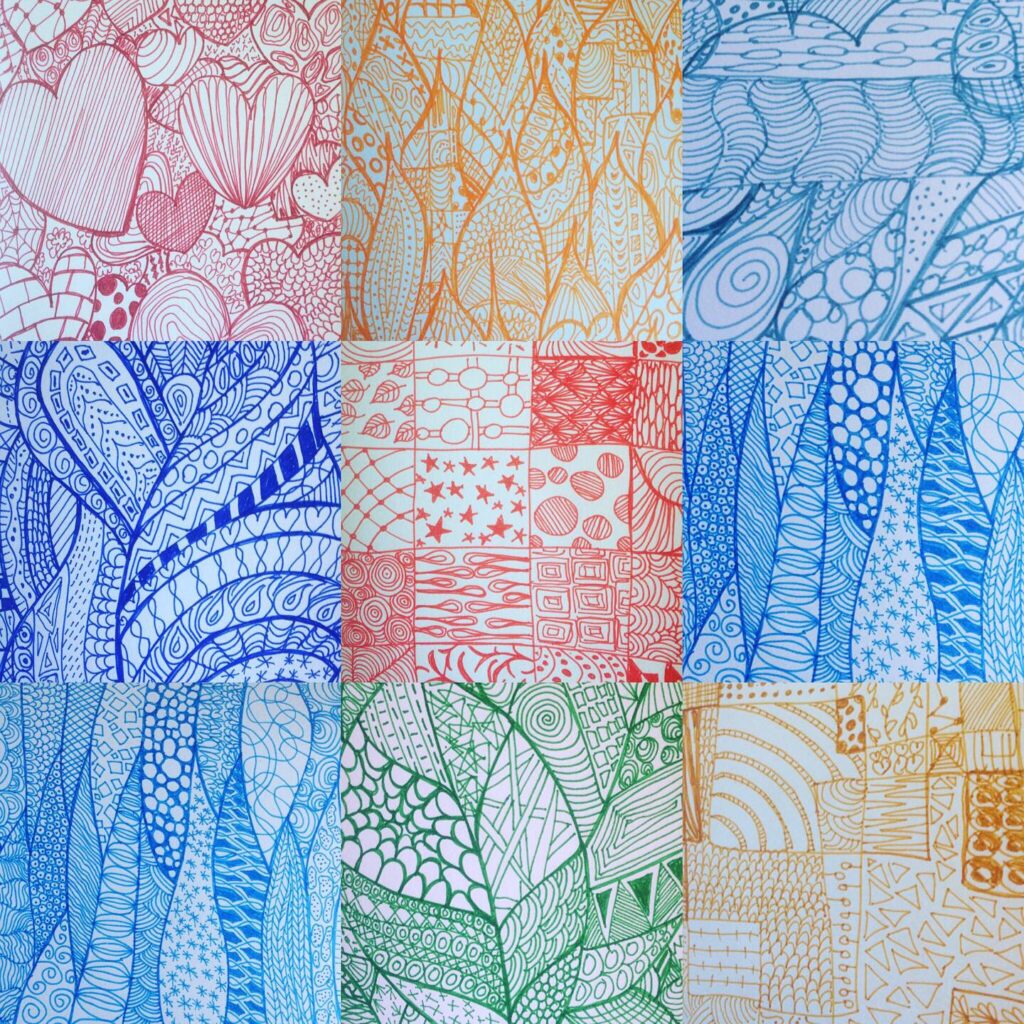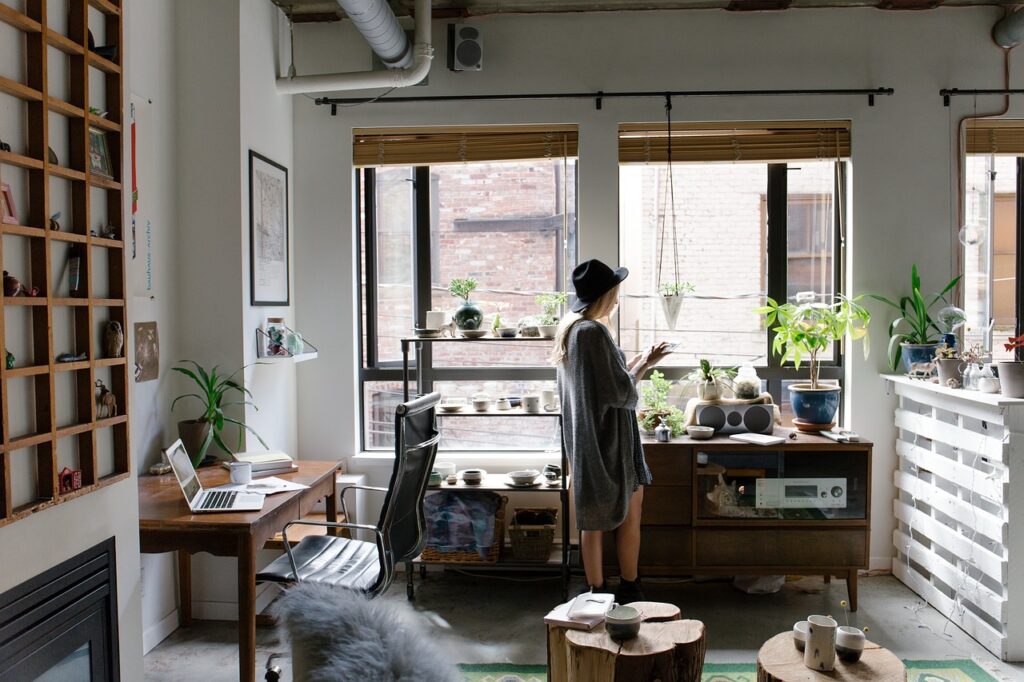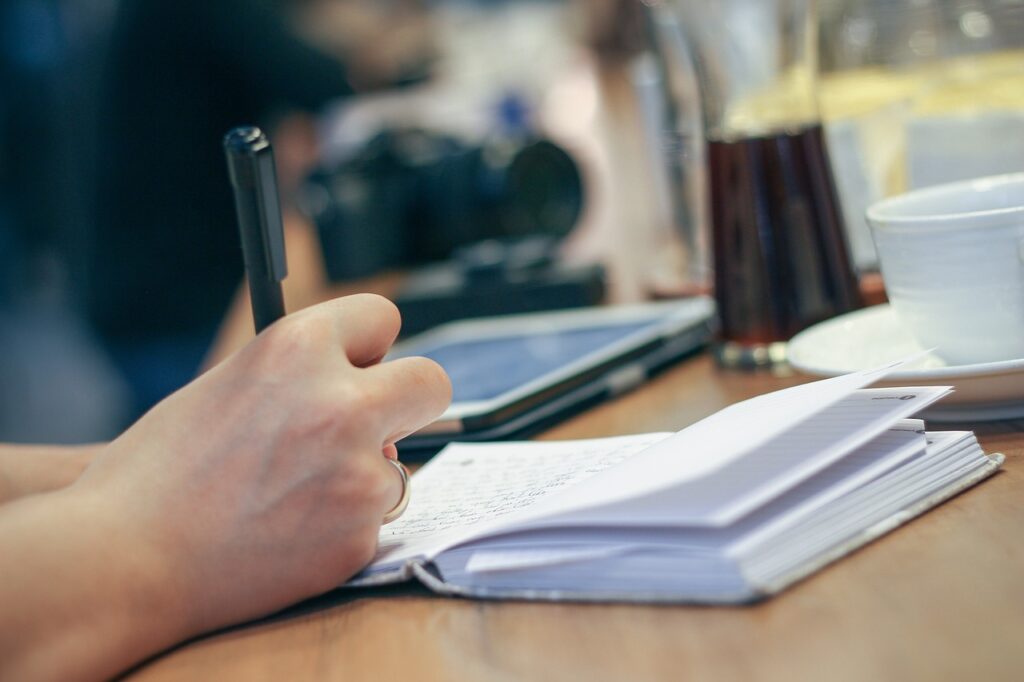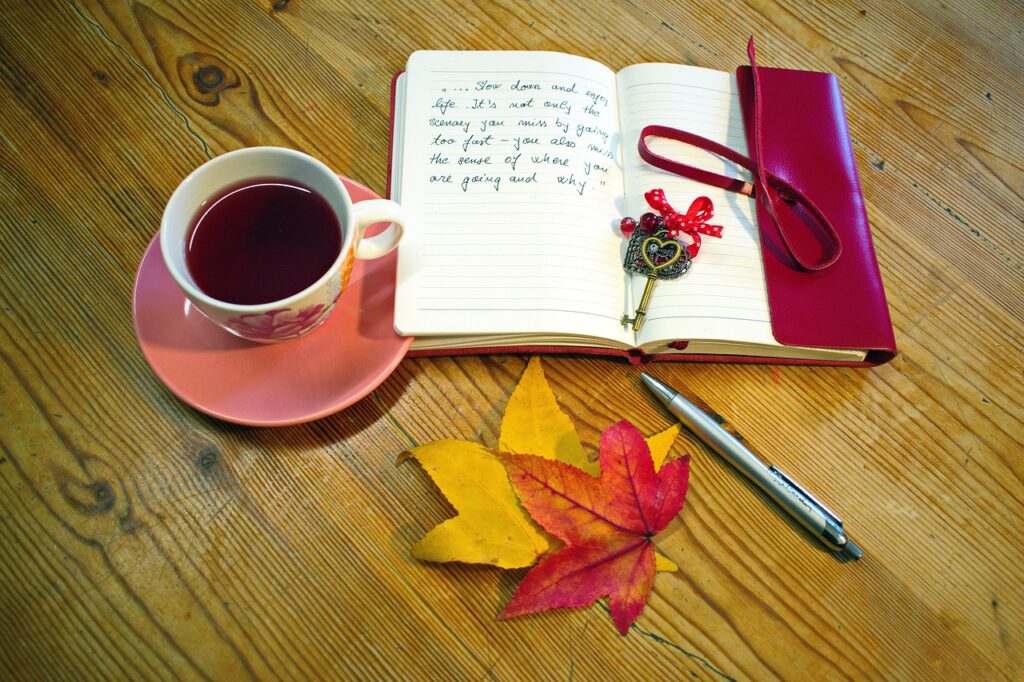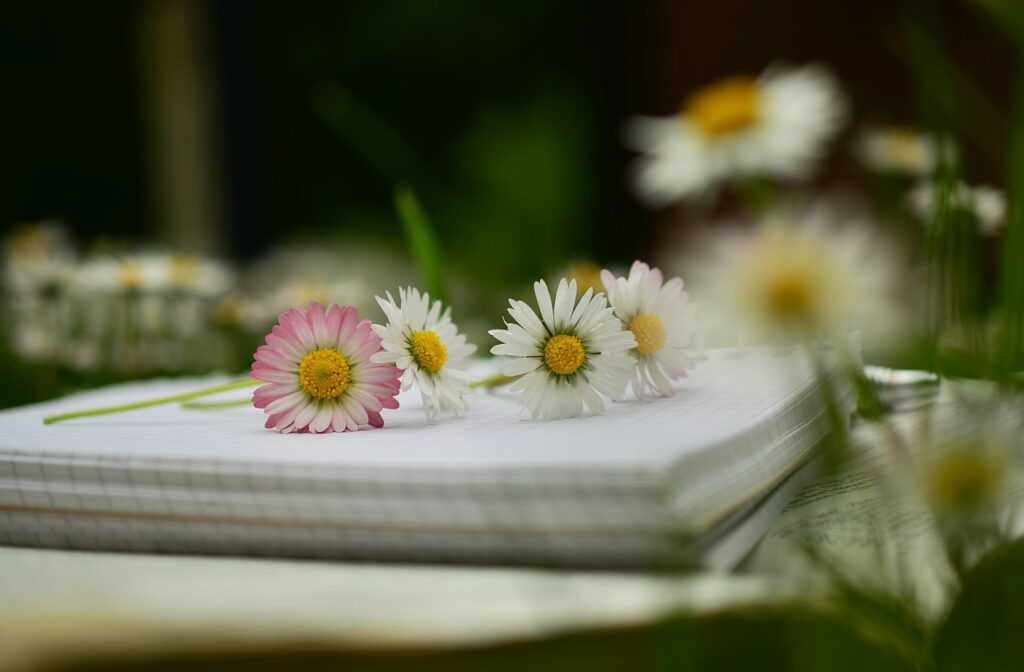As we step up to 2025, there’s no better time to crack open that blank notebook you got for Christmas and start putting it to good use. The person who gave you that journal would be delighted to know you’re writing in it about your aspirations and setting meaningful goals for the year ahead. Starting a blank notebook as 2025 approaches is a wonderful way to help you celebrate your accomplishments in 2024, clarify your dreams for the New Year, and stay focused on what matters the most over the next 12 months.
If you’re journaling to improve your mental health, boost your mood, or explore ways to make your dreams come true in 2025, the act of setting intentions through journaling is a powerful way to align your thoughts with your actions. Journaling allows you to break down big dreams into actionable steps, notice and reflect on obstacles, and celebrate small victories along the way. Visiting your journal regularly serves as a frequent reminder of your potential, helping you stay motivated and grounded.
Are you ready to try out some journaling prompts to help you set and achieve your 2025 goals?
Journaling Prompts for Welcoming an Abundant New Year in 2025
Reflect on Abundance in 2024: What moments of abundance did you experience in 2024? The best way to manifest your dreams in 2025 is to start from a mindset of prosperity and appreciation, rather than feelings of lack and disappointment. By focusing on all the blessings you experienced in 2024, you are already stepping into the New Year from a place of strength and gratitude—two key aspects of a meaningful manifestation practice.
Define Your Vision of Abundance: What does abundance feel like for you in 2025? Make it personal to you and what you really want. Abundance isn’t about looking around at what other people have and then co-opting their ideas about what a good life should be. Successfully manifesting the life of your dreams means getting clear on what you want. It’s important to focus on how you want to feel rather than what you want to have. If you set the intention that you want to feel more confident, the Universe can deliver that feeling in myriad ways (i.e.; a new wardrobe, a good performance appraisal, a healthy body, assertive communications skills). If you simply ask for money, the Universe only has one way to deliver that: either you get more money in 2025 or you don’t. And you may find that the money you asked for comes with its own baggage; such as the feeling that you need to constantly protect the money, that your relationships will change, that the money will get stolen or lost in a market crash. Feeling confident is timeless, however, feeling financialy rich depends on which way the economy goes. If 2024 taught us anything, it’s that the value of money can inflate or deflate in ways that we have absolutely no control over.
The Five Senses and Abundance: If all your dreams came true this year, what would your life look like on December 31, 2025? Who is with you? Where are you? What are you seeing, smelling, hearing, tasting, and feeling as 2025 comes to a close? Write with as much descriptive sensory detail as you can.
Abundance in Action: What specific actions can you take in January to welcome more abundance into your life? These don’t have to be big huge steps. Start with something simple. For example if you want to feel more mobile and flexible, what’s a safe and simple daily exercise you can or 30 days to build the habit of moving?
Let Go to Create Space: Before you can bring more abundance in your life, you need to find space to put it! What beliefs, habits, or relationships are you ready to let go of in order to make room for all the things you hope to experience in 2025?
Write a Thank You Letter to Yourself: Write a thank you letter from your future self at the end of 2025. Make a list of all the things–big and small–that contributed to your success this year. What actions did you take? How were other people involved in helping you reach your goals? Let your thank you letter to yourself be a detailed description of the steps you took to acheive the vision you set for 2025.
Abundance and Connection: Similar to the point above about creating space for the abundance in your life, what is your plan for letting go of some of your new found abundance in order to share it with others?
Aligning with Your Values: What values or intentions will guide your decisions and help you cultivate abundance this year? Sure, the Universe could drop a big bag of stolen money at your feet off the back of a truck and then you’d be “rich.” Technically, the Universe delivered you the money that you asked for. But what if that doesn’t align with your sense of right and wrong? If you value honesty, then turning the money in would be the right thing to do. That’s why it’s important to reflect on your values and how you want abundance to flow into your life so that it shows up in ways that align with how you see yourself.
What’s Your Word of the Year? Choose a single word that represents the abundance you want to welcome in 2025. Make sure the word describes a feeling and not just a thing. For example, instead of the Word of the Year being “Money,” why not choose the word “Freedom?” The feeling of freedom can show up in so many more creative and interesting ways than just plain old money. For example, what would it feel like to be given more creative freedom at work? How would you experience feelings of freedom if you went for more nature walks? What if you mustered the courage to ask for more paid vacation at work and it was approved? Would that bring you more feelings of freedom?
I’m using these journaling prompts to reflect, dream, and set intentions for an abundant and fulfilling New Year! I hope you find them helpful too in creating the best year possible for yourself and those you love and care about. Here’s to a year filled with deeper awareness of who we are, what we want, and how to make our dreams come true just by believing that anything is possible!

